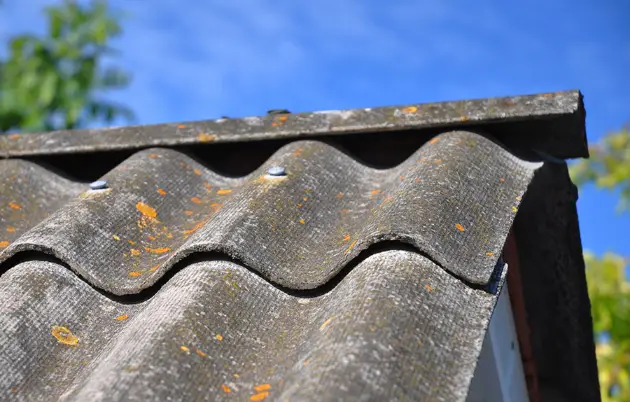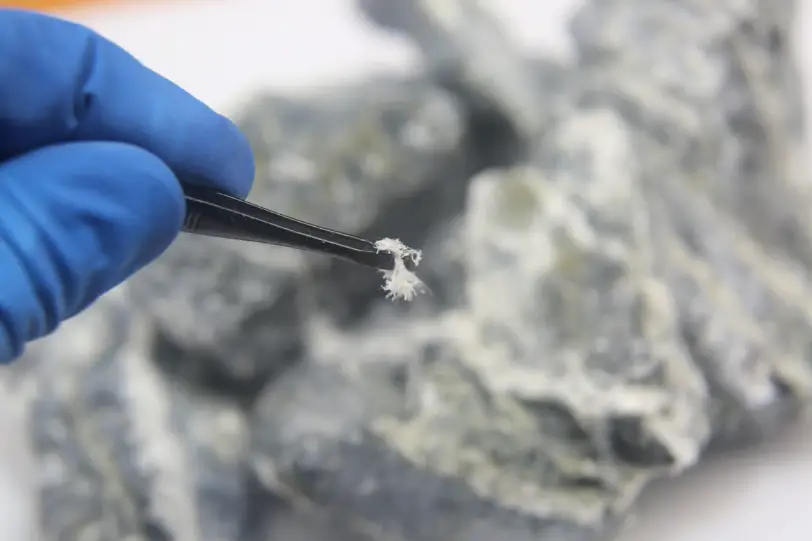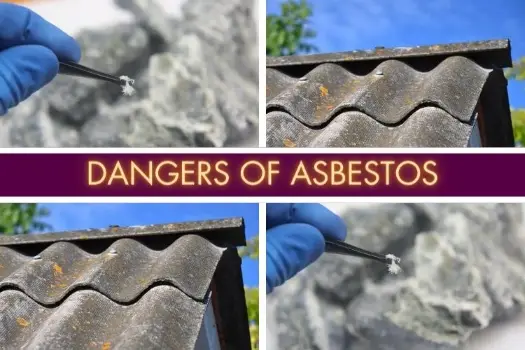You might have heard of asbestos before but are unsure what it is and how it can make people sick. Asbestos is extremely dangerous and can affect the health of people for years even after the asbestos has been removed. While asbestos was a popular building material in the 50s, we are increasingly more aware of its effects in the present. If you renovating or restoring a home from the 50s, you might even require the help of a professional asbestos removal company to safely and effectively remove asbestos.
Exactly how dangerous asbestos is will depend on how much you have been exposed to, how long the exposure has been, and the method of exposure.
The age and gender of the person will also affect how dangerous the asbestos exposure is. If you think there is asbestos in your home or workplace, it’s important to remove it right away and to relocate yourself until the asbestos has been effectively removed.
Is Asbestos Dangerous?

It’s a well-known fact that asbestos is dangerous. Scientists and doctors know this because they have taken samples of asbestos and studied them in laboratories.
The studies and work they have done in labs show that asbestos has many different dangers including putting people at higher risk of colon cancer, asbestosis, and lung cancer.
Even products or homes that have one percent of asbestos are considered dangerous. For diseases like asbestosis and lung cancer, the chance of getting the disease depends directly on how much asbestos you have breathed in and for how long.
There are other dangers though, like mesothelioma, that are not dose dependent. This means even if the amount of asbestos is very small and you were not around it for a long time, you can still get mesothelioma.
Your family and the people you live with can also get sick because asbestos fibers can be carried home on your clothes or shoes.
When Does Someone Get Sick from Asbestos?
After asbestos exposure, you will probably not get sick right away. This is because asbestos has a latency period. This means there is a period of time from exposure to the time you begin to feel sick.
The latency period is different for everyone but most doctors agree it’s anywhere from 10 to 40 years. During the latency period, you will not feel sick or have any symptoms.
Just because you are exposed to asbestos, does not mean you will get sick. However, you are at higher risk of getting diseases like lung cancer so you want to ensure you are paying attention to any symptoms or sicknesses you may feel.
You should also let your doctor know you have been exposed to asbestos so that testing can be done once the latency period is over even if you don’t feel symptoms.
Your doctor might recommend you get some testing done like lung scans or x-rays to see if there are any early signs of asbestos-related diseases.
Dangers of Asbestos

Now that you know what asbestos is and how it affects people, it’s important to know some of the specific dangers and diseases that it can cause.
Lung Cancer
Lung cancer is prevalent in the USA and it changes your lungs making it harder to breathe. There are many different kinds of lung cancer. There are many different treatments for lung cancer including radiation, chemotherapy, surgery, and immunotherapy.
Your doctor will need to take a look at your lungs and determine what kind of treatment is best for you.
Other Cancers
Lung cancer is the main kind of cancer that can develop when someone is exposed to asbestos, but there are other kinds of cancers that a person can develop. People who have had asbestos exposure are more likely to get cancers of the kidneys and throat both in the oropharynx and larynx.
Some people also get cancers in their gastrointestinal tract which can include the stomach and intestines.
Lung Lining Scarring
Some people might not develop tumors and cancer but they get scarring in the lung lining. This is a painful condition and can make it harder for the person to breathe and do physical activities.
Pleural Effusions
This is also called “water on the lungs” because fluid begins to build up around the lungs. The condition can be serious and it can be painful, but treatment is often available, especially for those with only minor cases.
Mesothelioma
This cancer is rare but those that have been around asbestos are at a higher risk of getting it. The cancer is found in the chest wall and the lungs. It can be treated in some cases including chemotherapy and radiation.
The first signs of mesothelioma often include a persistent cough and trouble swallowing. Some people also have swelling in the face and arms.
If you have been exposed to asbestos and start having a cough or persistent chest pain, make sure to see your doctor and have them refer you to a lung specialist.
Asbestosis
This is a chronic lung condition and is only found in those who have been exposed to asbestos. Most people who have asbestosis were exposed to asbestos through their work for many years in a row. Some of their family members have also been diagnosed with asbestosis which means that the disease can be spread through the fibers and dust brought into the home on clothes.
Treatment cannot reverse damage of asbestosis but there are some treatment options that can slow down the disease and prevent the disease from progressing and becoming more serious.
Some patients with asbestosis might also need to use inhalers to make it easier for them to breathe. Inhalers can help to open the muscles of the lungs and help people to take deep breaths much easier.
The Bottom Line
Asbestos has many different dangers including lung cancer, mesothelioma, asbestosis, and many other types of cancers. All these diseases can be dangerous because they are hard to treat.
Since some people do not even know they have been exposed to asbestos, this can cause many issues because people are not getting regular lung checks or other checks done where they might be able to catch these types of cancers early.
Asbestos exposure is serious and needs to be monitored closely.






